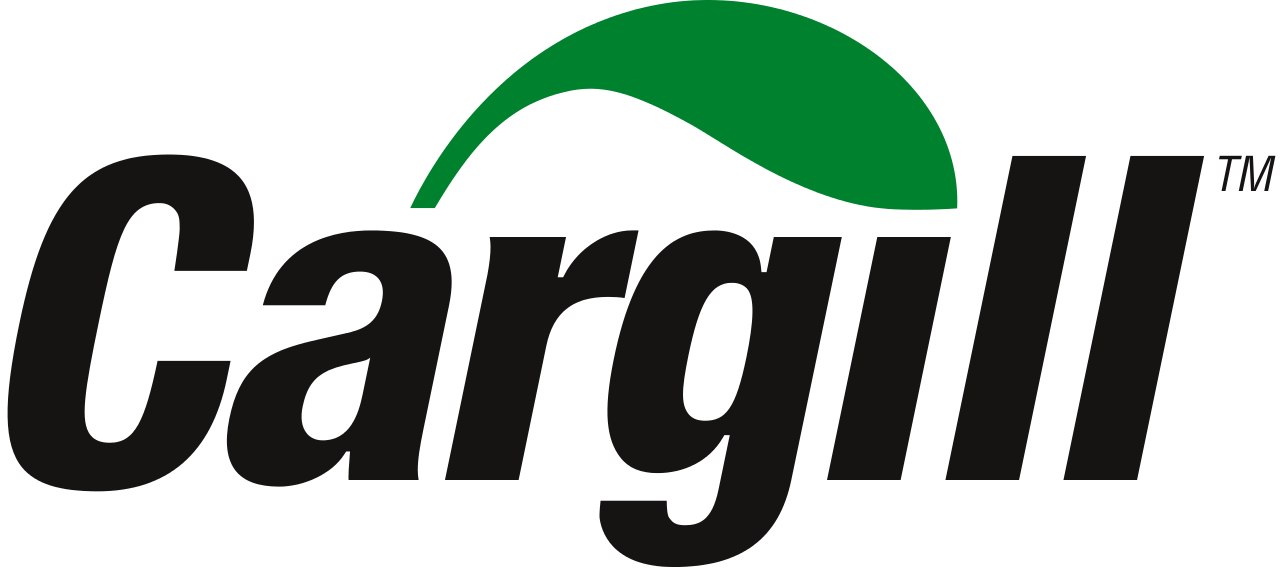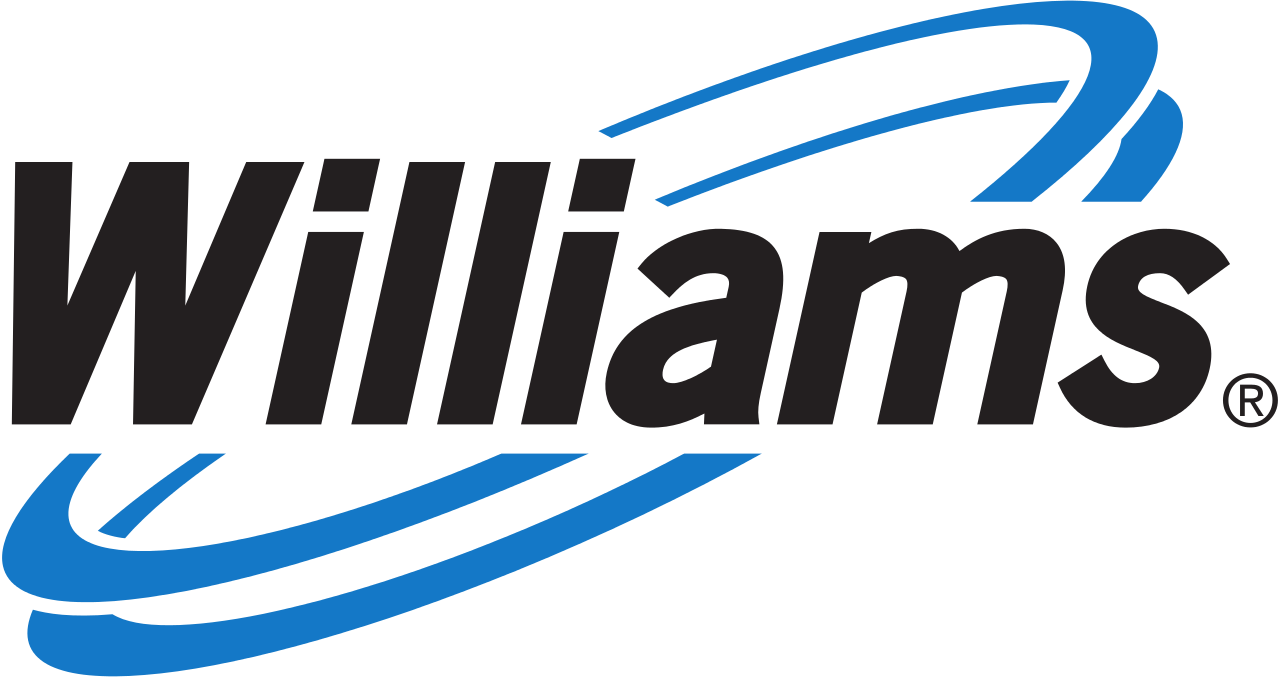I once visited a work site covered in signs that read, “Eyes on Path.” The message was clear: stay focused while walking to avoid trips and falls. Sounds like a good idea, but there’s one little problem. Because the signs were mounted on the walls, people had to take their eyes off the path to read them. This is a perfect example of a well-intentioned safety measure that misses the mark. Instead of preventing incidents, it simply fills space and adds to the clutter.

Photo Credits: Ben Dellsperger
How Good Intentions Create Safety Clutter
When an incident happens, it’s easy to respond with what seems like a quick fix: adding more signs, more forms, more approvals, more steps in the process. These changes are visible, measurable, and feel like something is being done to improve safety. But more doesn’t always mean better. In fact, these additions can create a bigger problem: safety clutter1.
Safety clutter builds when companies tack on more measures to safety programs without considering the impact on how work actually gets done. Over time, these efforts become less and less effective in reducing risk. In fact, safety clutter can make things worse in three key ways:
- Overloads workers with too much information, making it harder to spot actual hazards
- Creates a false sense of security, giving the impression that safety is managed simply because there’s a form or sign for everything
- Wastes time, as workers are forced to complete steps that don’t improve safety or add value
For example, I once spoke with a supervisor who was the fourth approval required to ship out any product. Every time a shipment issue was investigated, another approval was added to the process. Now, this supervisor couldn’t get any other work done because his sole focus was verifying everything on the checklist. The issue wasn’t that the checklist was inherently flawed—it was that people didn’t value it. They assumed "someone else" would catch the issue, and as a result, the process lost its effectiveness.
Piling on more safety measures without addressing the underlying issues only creates clutter that makes the workplace less safe rather than more.
Instead of Creating Clutter, Design Safety into the System
Instead of adding more signs and forms, focus on building safety into the work process itself. This starts by understanding how work is really done in the field. Talk to the people performing the tasks and document the steps they take to do their work, including how they navigate potential hazards.
Then, review existing procedures, job safety analyses (JSAs), and other documentation, and compare them to the process as it is actually performed on the ground. You might find redundant steps and checklist items that just waste time and encourage a “check-the-box” mentality. But you might also find that people in the field perform safety measures that aren’t captured in the official procedures, as extensive as they may seem. These actions aren’t in the documentation because they’re simply part of the way experienced workers have learned to navigate potential hazards.
This is where task design comes in. Once you understand the reality of the work, you can work with the people involved with the work to structure the task in a way that naturally supports safer behavior. For example, you could identify opportunities to clarify the sequence of steps, reduce handoffs, minimize reliance on memory, or design tools and layouts that make the safe way the easiest way.
As you start to explore ways to design a safer work process, be sure to ask frontline workers what they need to work safely. Hint: The answer usually isn’t more paperwork or signs.
Signs Are a Tool, Not a Solution
Signs certainly have their place in safety. For example, stop signs are an effective way to create a safer environment for drivers and pedestrians. But stop signs aren’t placed at every corner or intersection where a driver might need to stop—just where they must stop. If we put a stop sign at every driveway or every side street, people would stop paying attention to them, and they would lose their effectiveness.

The same concept applies to safety signs. When overused or placed without careful thought, they become part of the clutter, and people stop noticing or following them. A reliable work process will always do more to improve safety than tacking up yet another sign.
1 - https://forgeworks.com/wp-content/uploads/2022/09/Safety-Clutter.pdf











